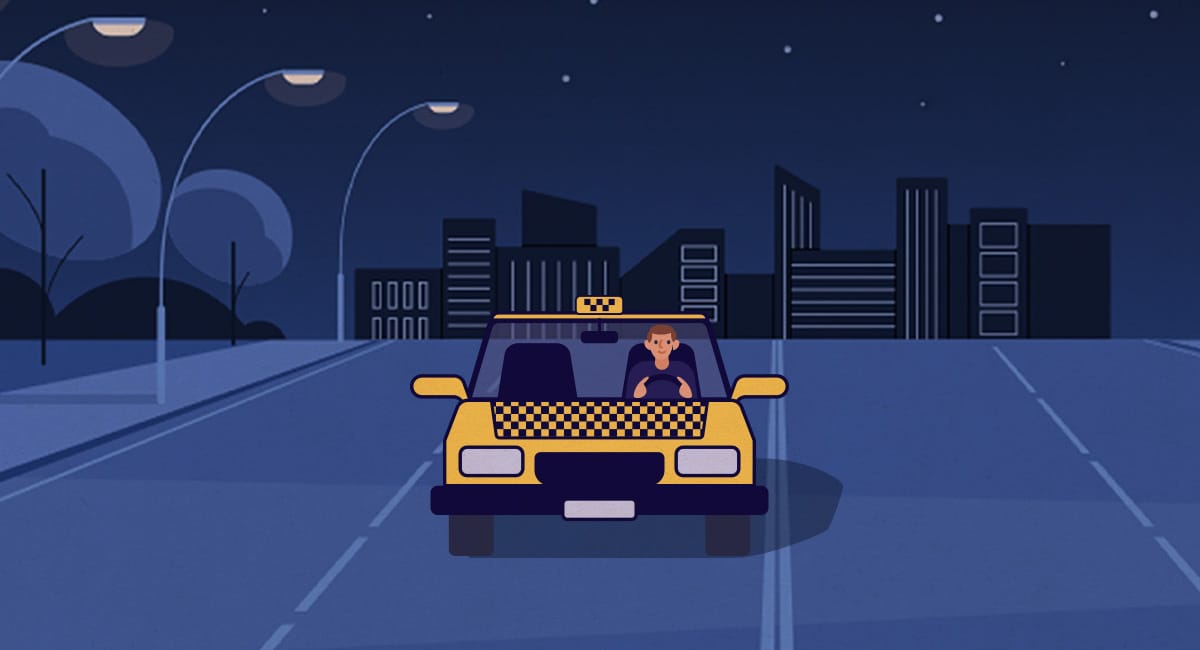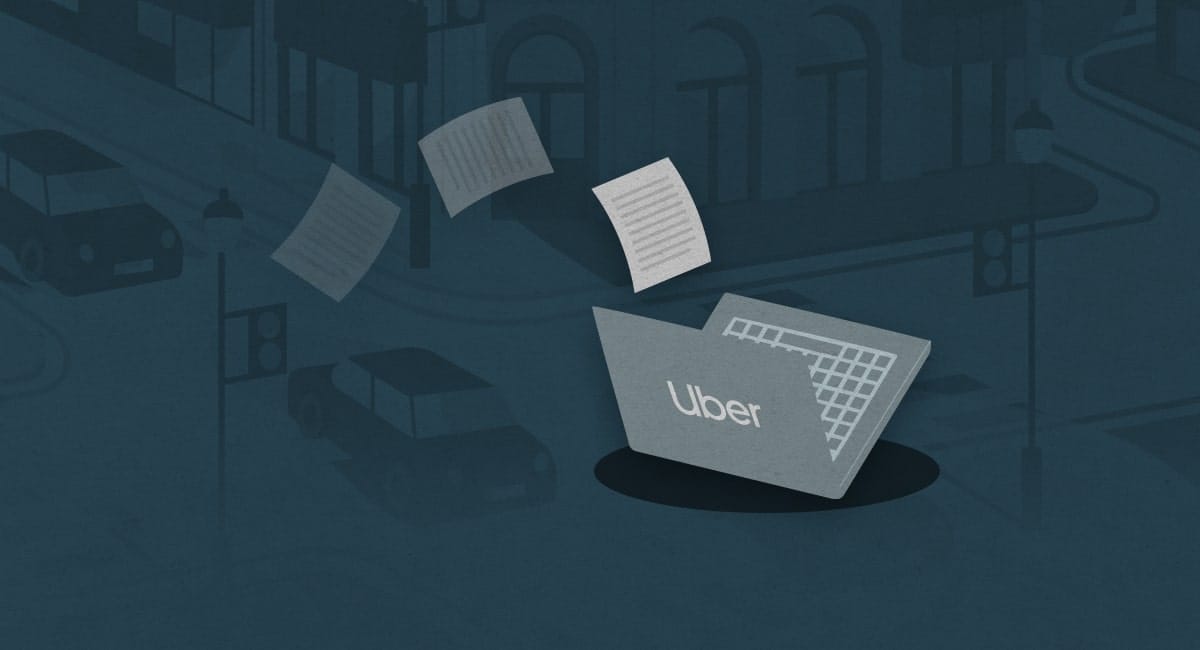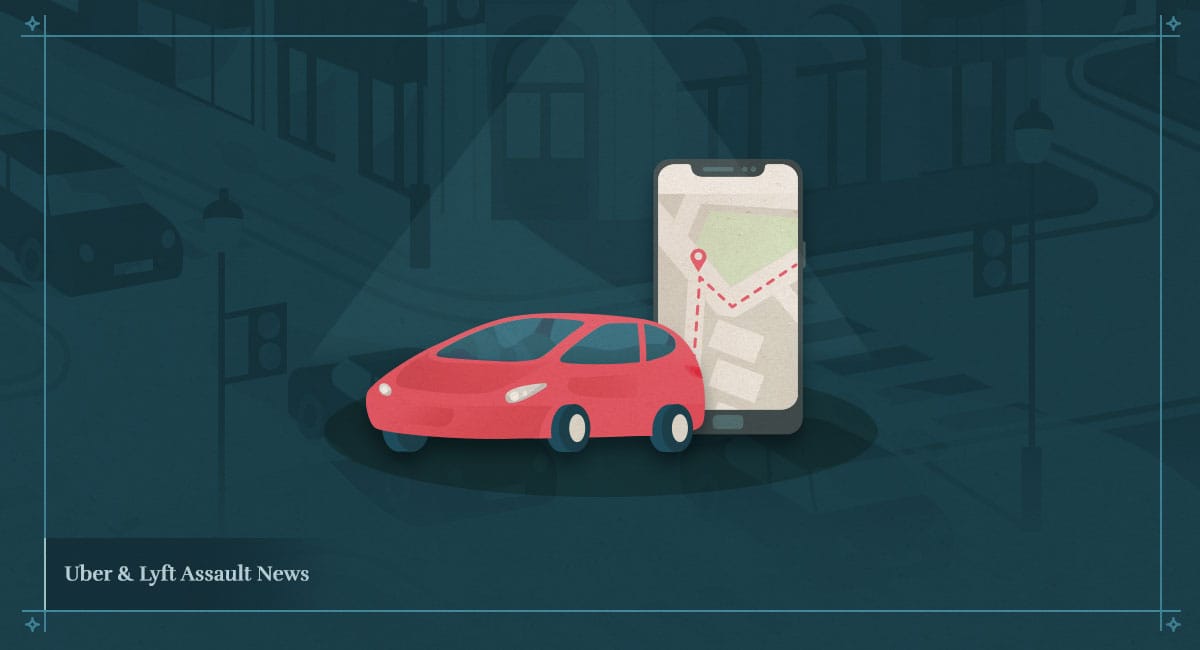Is Uber Safer Than A Taxi?
Uber and Lyft face many assault lawsuits, prompting users to question the safety of rideshare services. But, are taxis any safer? Compare your options today.

The public is scrutinizing Uber and Lyft’s rideshare services amid numerous assault allegations. Many potential riders are now comparing the safety of rideshare services with taxi services.
Taxi drivers and rideshare drivers are bound by different regulations and company protocols. These differences and the safety protocols enacted by transportation companies may help users decide which is the safest option. But, whether taxis are any safer remains an open question.
Assault Statistics | Uber & Lyft Vs. Taxi Companies
Uber and Lyft have released safety reports detailing assaults and motor vehicle accidents over a two-year period. Between 2017 and 2018, Uber users reported nearly 6,000 sexual assaults. In 2021, Lyft’s own Community Safety Report revealed similar statistics. Users reported more than 4,000 sexual assaults to Lyft between 2017 and 2019.
Taxi companies generally do not release assault statistics. But, assaults related to taxi or cab services do happen. For example, in 2017, San Francisco taxi users reported 14 incidents of “violence or physical altercations” related to cab rides.
Are Taxis Safer Than Uber Or Lyft?
Taking a traditional cab may come with many of the same risks as a ride with Uber or Lyft. In either scenario, the rider and driver entrust their safety to a stranger. However, comparing the safety of rideshare services with traditional taxis reveals key differences.
Background Checks
Uber and Lyft require all drivers to undergo background checks. Taxi companies do as well. These background checks focus on the same broad areas: motor vehicle history and criminal history. However, the depth of these checks varies:
-
Uber
Background Check Service: Uber uses the third-party company Checkr to conduct background checks. Checkr is an online service that varies by local and state law.
Reporting Period: Uber’s background check reviews only the past 7 years of an individual’s record.
Reporting Frequency: A background check is run annually for Uber drivers. This recently changed from one background check during the initial application process.
-
Lyft
Background Check Service: Lyft uses the third-party company Checkr to conduct background checks. Checkr is an online service that varies by local and state law. Lyft also consults the U.S. Department of Justice Sex Offender Registry.
Reporting Period: Lyft’s background check reviews only the past 7 years of an individual’s record.
Reporting Frequency: A background check is run annually for Lyft drivers. This recently changed from one background check during the initial application process.
-
Taxis
Background Check Service: Taxi companies typically use the fingerprint database run by the U.S. Federal Bureau of Investigation (FBI) to conduct background checks.
Reporting Period: This process checks an individual’s record in the entire FBI Federal Database. The database contains information dating as far back as 1924.
Reporting Frequency: A background check is run once during the initial application process.
Any history of driving violations and criminal convictions can be enough to disqualify applicants for any of these services.
Unfortunately, background checks are not perfect. Criteria vary by local and state laws. Reports from Uber and Lyft show dangerous drivers have slipped through the cracks.
Assaulted During an Uber Ride?
You May Be Eligible For Legal Compensation
Employee Status: Gig Worker Vs. Employee
Rideshare drivers are considered independent contractors or “gig workers.” This means they are not held to the same city or state licensing requirements and regulations as taxi drivers. This often includes mandatory classes on defensive driving, local navigation and accessibility training.
Comparatively, Uber drivers require the following:
- Uber drivers must meet the minimum driving age.
- Uber drivers must be legally allowed to drive. They cannot have any marks on their driving record that would prohibit an individual from lawfully driving a vehicle.
Unlike many taxi companies, Uber also does not require drivers to install safety features, such as physical dividers and dashboard cameras, in their vehicles.
Uber & Lyft Avoid Liability With Independent Contractors
Hiring drivers as independent contractors allows Uber and Lyft to avoid liability. Some law firms are pushing back. Many survivors have filed negligence claims against Uber and Lyft. These lawsuits aim to prove Uber and Lyft were aware of the danger to users and did not take the necessary steps to prevent assaults. Thus, the companies should be held liable.
Is Lyft More Safe Than Uber?
As assault accusations mount, Uber and Lyft have pledged to increase safety measures. But, many survivors feel both ride-sharing companies have been slow to act.
In 2019, Uber released its US Safety Report after pledging to do so in the wake of numerous assault allegations. Lyft made the same pledge in 2019. However, the company delayed its safety report by two years. The Lyft Community Safety Report was not made public until November 2021.
Survivors and advocates have also called out the inadequacy of the companies’ responses to assault allegations. For example, according to some critics, Uber and Lyft have resisted implementing certain features to ensure the safety of riders, such as always-on dashboard cameras.
Additionally, at times, the companies’ interactions with survivors have been antagonistic. Lyft has responded to some accusations with victim blaming, while continuing to lag behind Uber in implementing new safety features.
Safety Tips When Using Uber or Lyft
Whether you are using Uber or Lyft, there are basic steps you can follow to stay safe when using either rideshare service:
- Ride with friends whenever possible. Assaults are less likely to occur if the rider is not alone.
- Call a ride from a safe space, preferably indoors. Wait for the vehicle to arrive before going out to meet it.
- Review the details of the ride. Verify the make and model of the car, as well as the license plate number.
- Ask the driver to verify the name of their passenger before entering the vehicle. The rideshare app should have provided them with the correct details.
- Stay aware and alert during the ride. If something feels wrong, contact emergency services immediately.
If you were assaulted in a rideshare-related incident, learn more about the next steps you can take.
Sources
- 1
Bond, S. (2019, December 5). Uber Received Nearly 6,000 U.S. Sexual Assault Claims In Past 2 Years. NPR.
- 2
City of Chicago. (2021). Chicago Public Chauffeur Licenses. Retrieved November 11, 2021.
- 3
Eveleth, R., LaFrance, A. (2015, March 3). Are Taxis Safer Than Uber? The Atlantic.
- 4
James. (2021, September). What is the standard reporting period for Checkr background checks? Checkr. Retrieved November 5, 2021.
- 5
Lyft. (2021). Community Safety Report [PDF].
- 6
Lyft. (N.D.) Driver requirements. Retrieved November 5, 2021.
- 7
Uber Technologies, Inc. (2019, December 5). 2017-2018 US Safety Report [PDF].
- 8
Uber Technologies, Inc. (N.D.) What does the background check look for? Retrieved November 5, 2021.
- 9
Uber Technologies, Inc. (N.D.) Driver Requirements. Retrieved November 11, 2021



